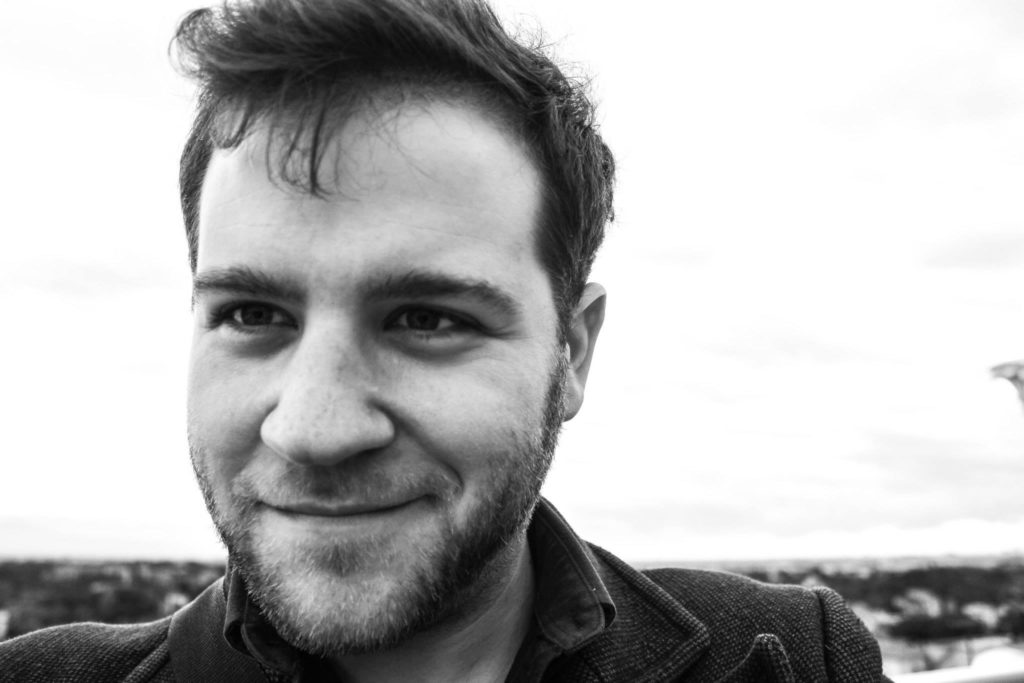4 October 2022
AGU press contact:
Rebecca Dzombak, [email protected], +1 (202) 777-7492 (UTC-4 hours)
WASHINGTON — AGU has awarded journalists Gregory Barber and Robin George Andrews for their reporting on the Earth and space sciences. Honorable mentions for features go to Kate Evans and Paul Voosen, and honorable mentions for news stories go to Kelso Harper and Richard Stone.
Gregory Barber, a staff reporter for WIRED, is honored with the 2022 Walter Sullivan Award for Excellence in Science Writing – Features for his longform story on the impact lithium mining in the deserts of Nevada has on a fragile species of buckwheat, at risk of extinction due to mining operations. Robin George Andrews, a freelance journalist, is honored with the 2022 David Perlman Award for Excellence in Science Writing – News for his story digging into new evidence of the conditions behind the fatal Dyatlov Pass expedition in 1959.
These two AGU journalism awards will be formally presented during AGU’s annual Honors Ceremony during AGU Fall Meeting 2022. Nominations for next year’s journalism awards will open in the spring of 2023.
Walter Sullivan Award for Excellence in Science Writing – Features
 AGU recognizes Gregory Barber for “The Lithium Mine vs. the Wildflower,” published in WIRED on June 17, 2021. The Walter Sullivan Award, named for the late New York Times science writer, honors excellence in science feature reporting for work prepared with a deadline of more than one week. The award comes with a $5,000 prize and a plaque.
AGU recognizes Gregory Barber for “The Lithium Mine vs. the Wildflower,” published in WIRED on June 17, 2021. The Walter Sullivan Award, named for the late New York Times science writer, honors excellence in science feature reporting for work prepared with a deadline of more than one week. The award comes with a $5,000 prize and a plaque.
Barber’s piece addresses a conflict in Nevada between mining lithium, which is necessary for electric car batteries, and preserving a rare and fragile species of buckwheat that could go extinct from mining operations. The judges were impressed by Barber’s eloquent writing, detailed description of geology and botany, and even-handed approach in detailing a complex issue that may have far-reaching implications.
“This story is beautifully written and treats multiple, sometimes conflicting viewpoints with care,” one judge wrote. The judges also noted that the piece highlights a difficult aspect of climate policy: How to support alternative energy sources without inadvertently damaging the environment.
“This story digs into the shades of grey on how to prioritize limited resources — plant and mineral — sharing the same soil. While neither buckwheat nor lithium are particularly charismatic, I’m a bit more in love with both,” another judge wrote.
David Perlman Award for Excellence in Science Writing – News
AGU recognizes Robin George Andrews for “Has science solved one of history’s greatest adventure mysteries?,” published in National Geographic on January 28, 2021. The David Perlman Award, named for the late San Francisco Chronicle science editor, recognizes excellence in science news reporting published with deadline pressure of one week or less. The award comes with a $5,000 prize and a plaque.
January 28, 2021. The David Perlman Award, named for the late San Francisco Chronicle science editor, recognizes excellence in science news reporting published with deadline pressure of one week or less. The award comes with a $5,000 prize and a plaque.
The judges found Andrews to be “an exceptional storyteller” who made the story come alive, including excellent details on both the scientific and the personal sides. He turned what could have been a matter-of-fact news article written on a tight deadline into a riveting, memorable tale that anyone could appreciate. This “twisting and turning article” has it all: a famed hiking disaster mystery, Pixar movie animation, crash test dummies and research into avalanche dynamics. Tying together these seemingly disparate topics is a narrative that manages to entertain and educate the reader on how science, with a little help, can help solve all sorts of mysteries. The committee also commended Andrews for chasing a story that has an ambiguous answer and leaving readers to decide.
Honorable mentions
Honorable mentions for feature stories nominated for the Sullivan Award go to Kate Evans, freelance journalist, and Paul Voosen, a staff writer at Science magazine. The committee highlighted Evans for her story “Swamp Sentinels,” published in bioGraphic Magazine on February 18, 2021. Voosen’s piece, “A Change is in the Air,” was published in Science on June 24, 2021.
Honorable mentions for news stories nominated for the Perlman Award go to Kelso Harper, freelance journalist, for “Miniature Satellites Reveal Cause of Deadly Uttarakhand Flood That Devastated Dams,” published in Scientific American on Feb. 12, 2021, and Richard Stone, science editor at Howard Hughes’ Tangled Bank Studios, for the story “‘It’s like the embers in a barbecue pit.’ Fission reactions are smoldering again at Chernobyl,” published in Science on May 14, 2021.
###
AGU (www.agu.org) supports 130,000 enthusiasts to experts worldwide in Earth and space sciences. Through broad and inclusive partnerships, we advance discovery and solution science that accelerate knowledge and create solutions that are ethical, unbiased and respectful of communities and their values. Our programs include serving as a scholarly publisher, convening virtual and in-person events and providing career support. We live our values in everything we do, such as our net zero energy renovated building in Washington, D.C. and our Ethics and Equity Center, which fosters a diverse and inclusive geoscience community to ensure responsible conduct.